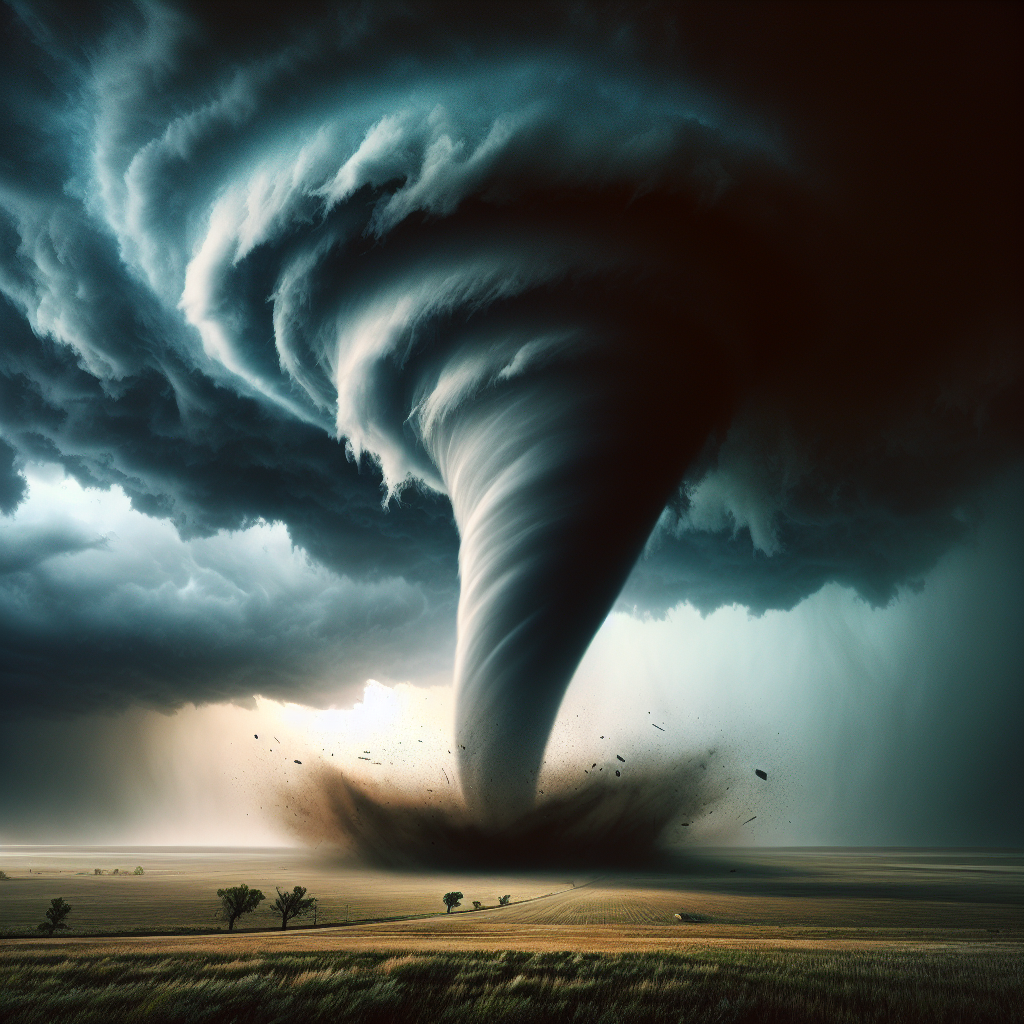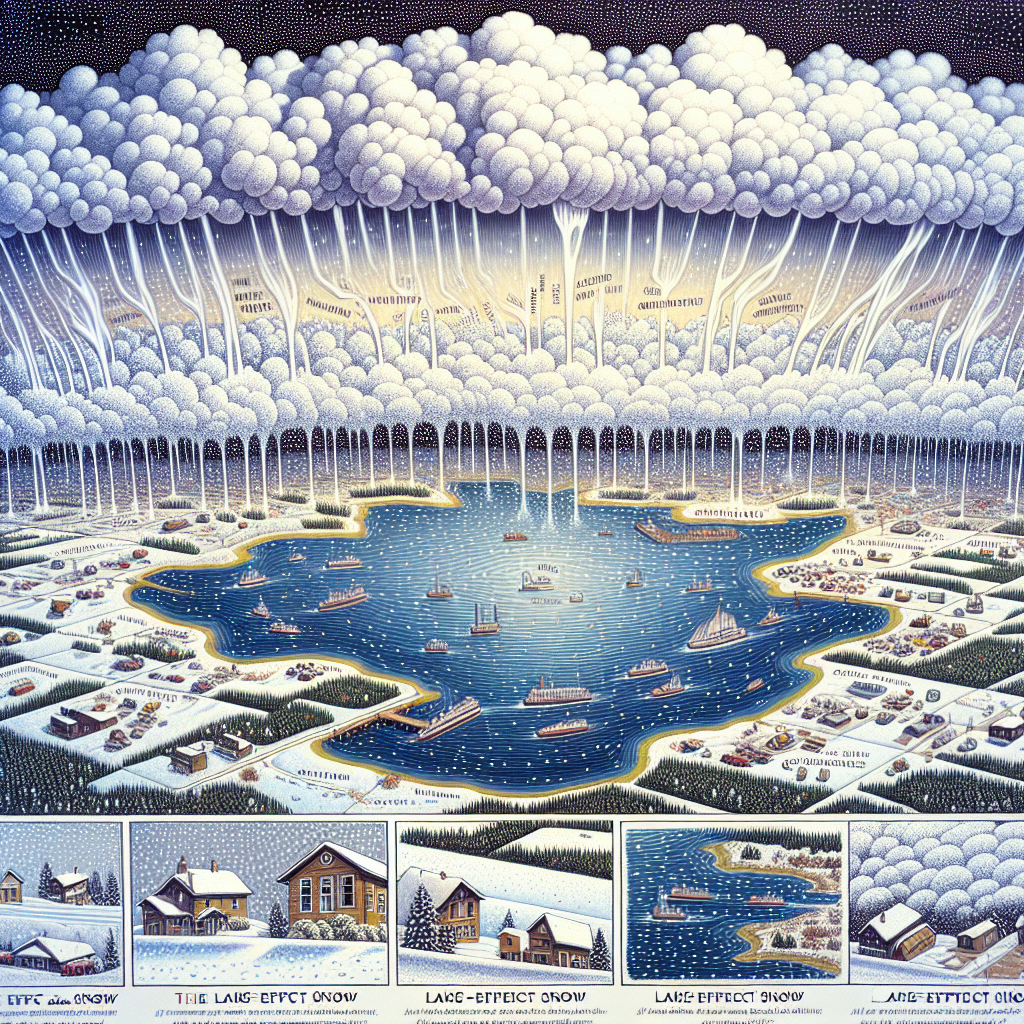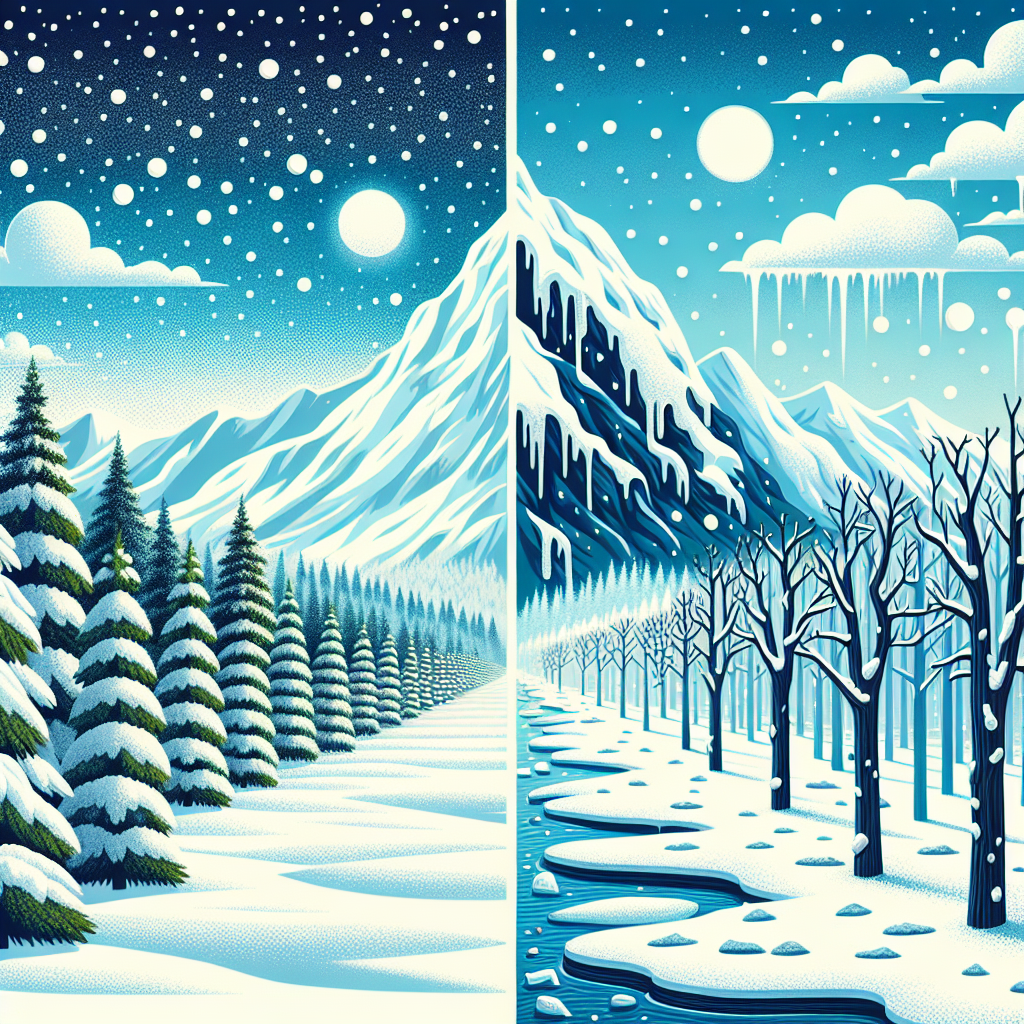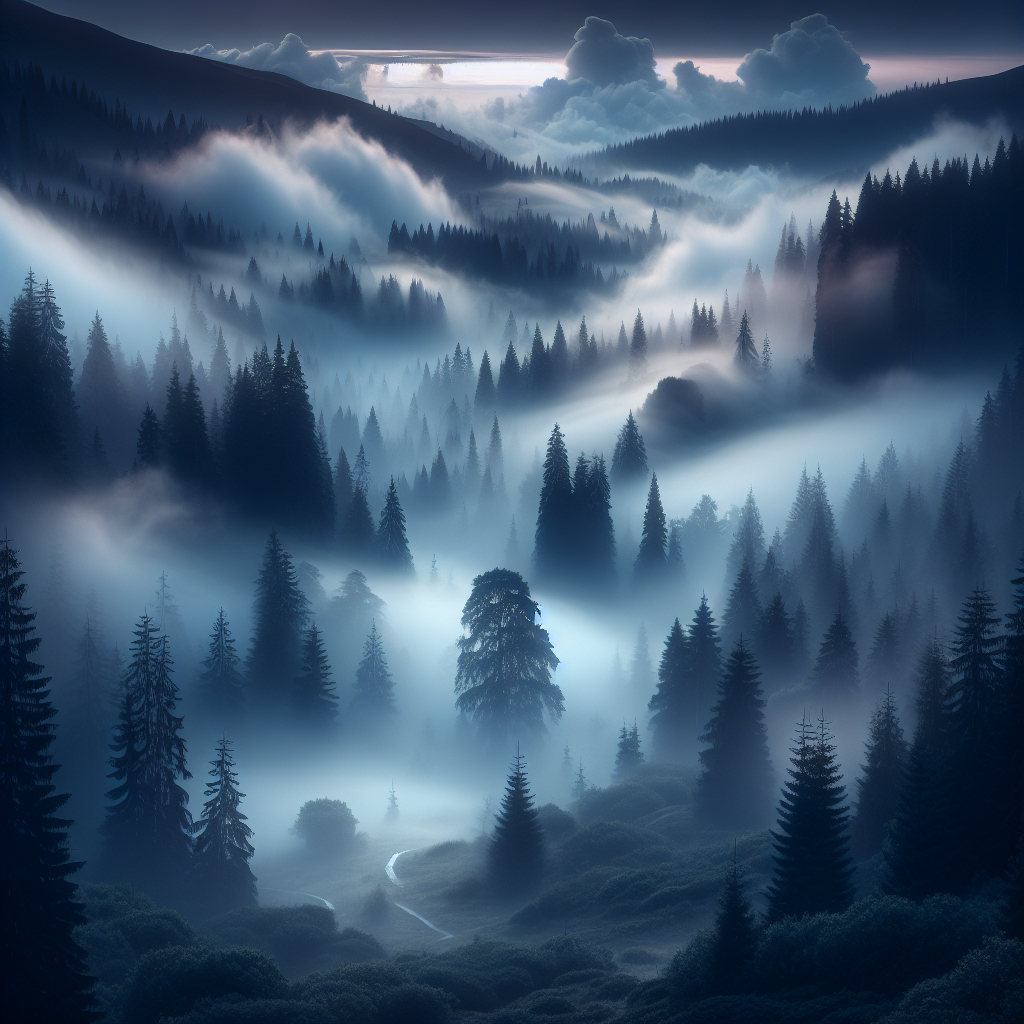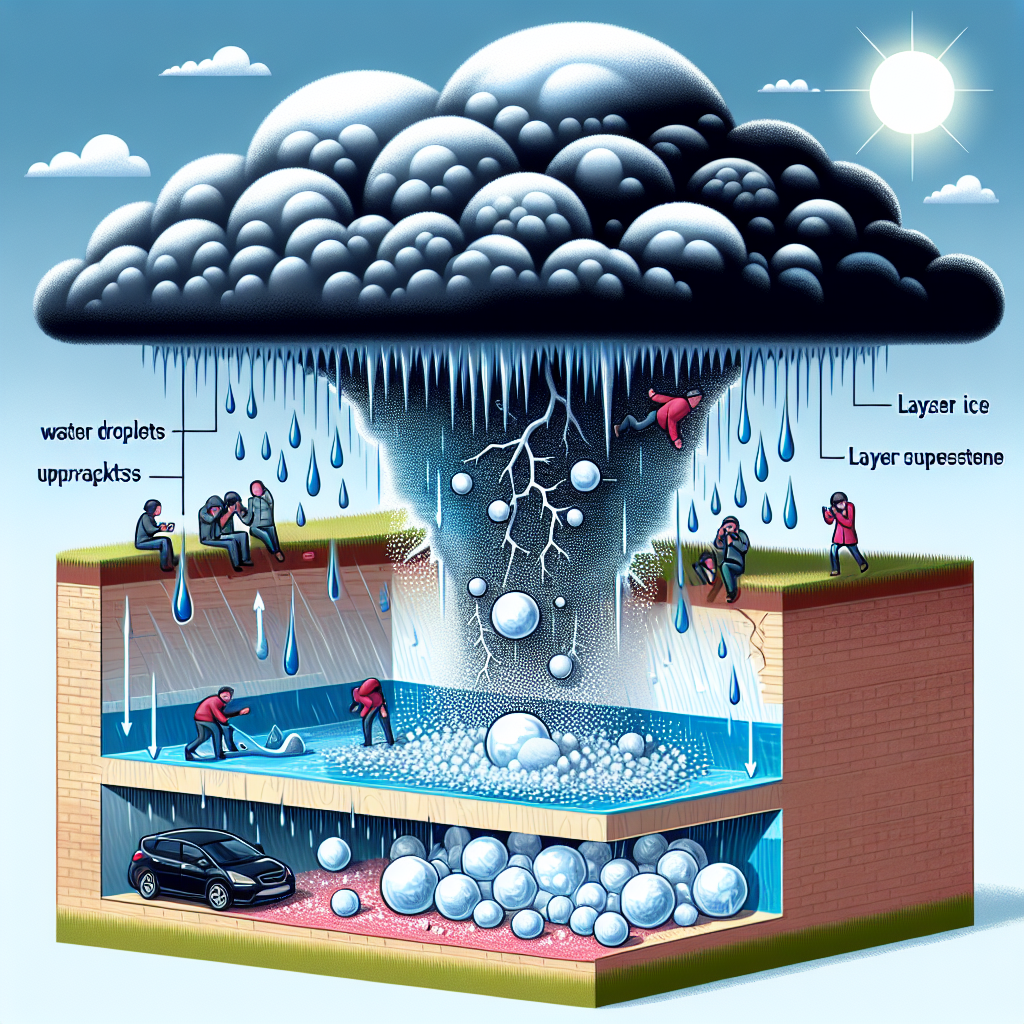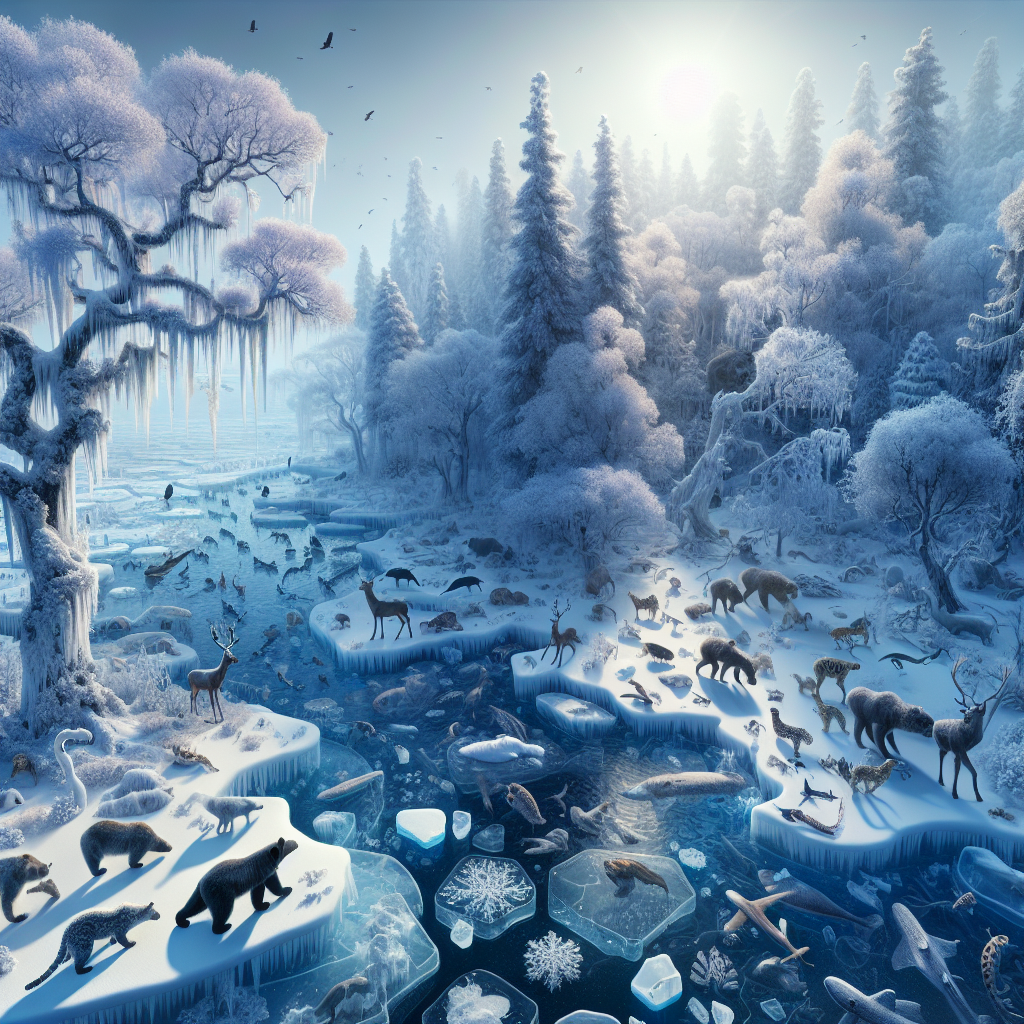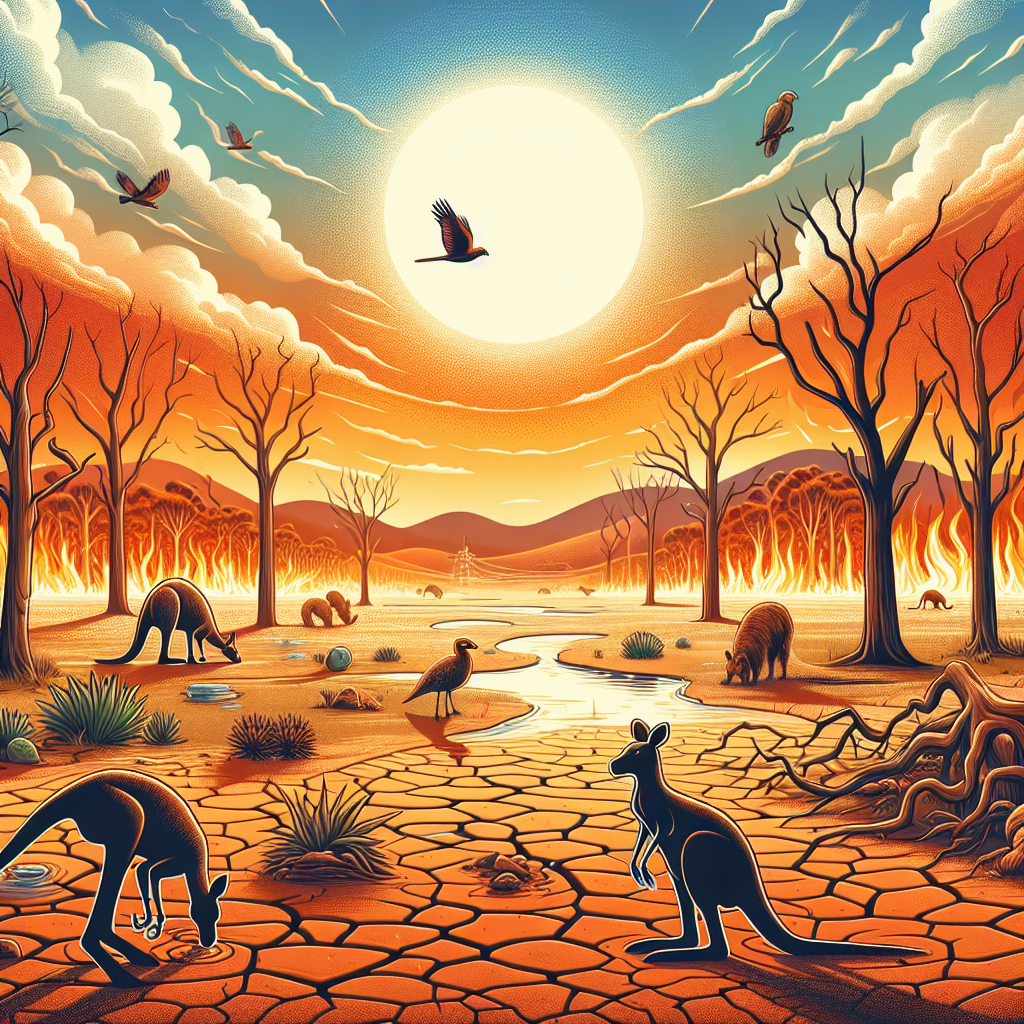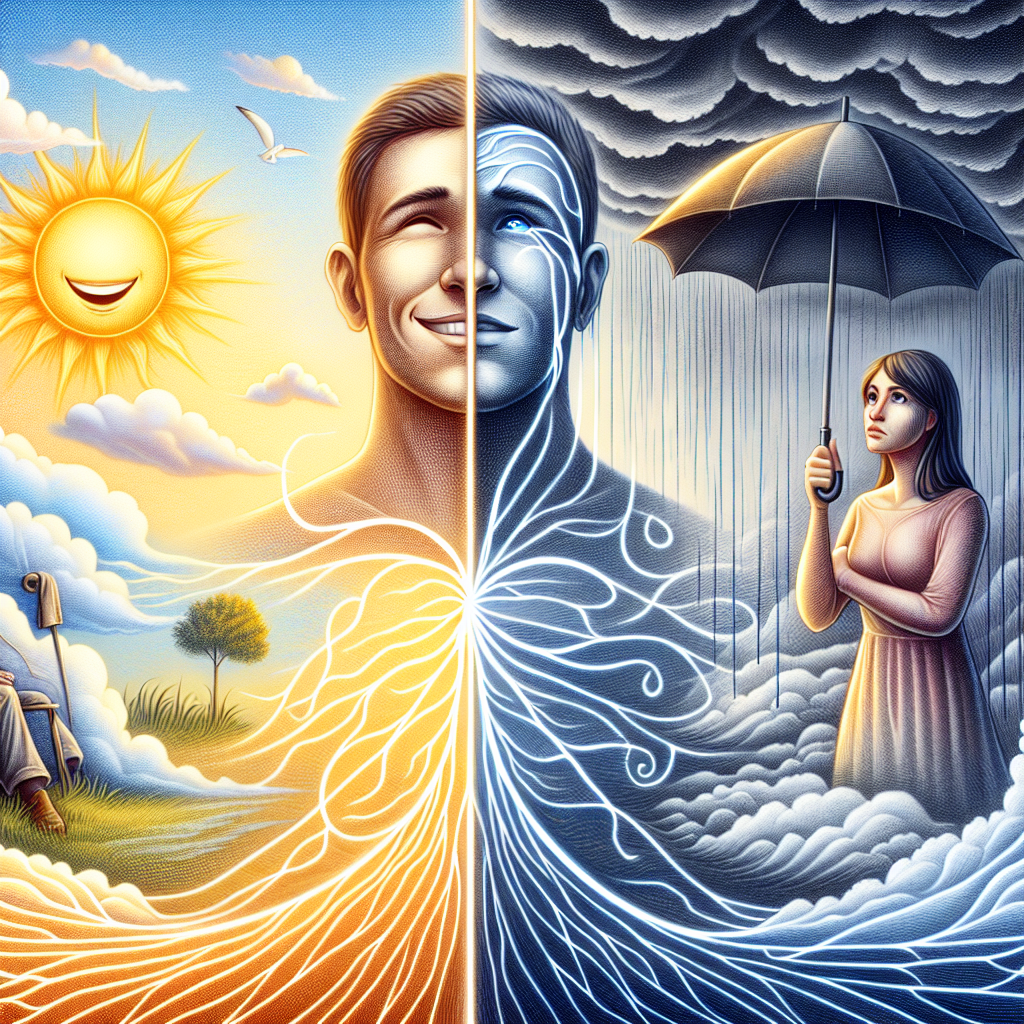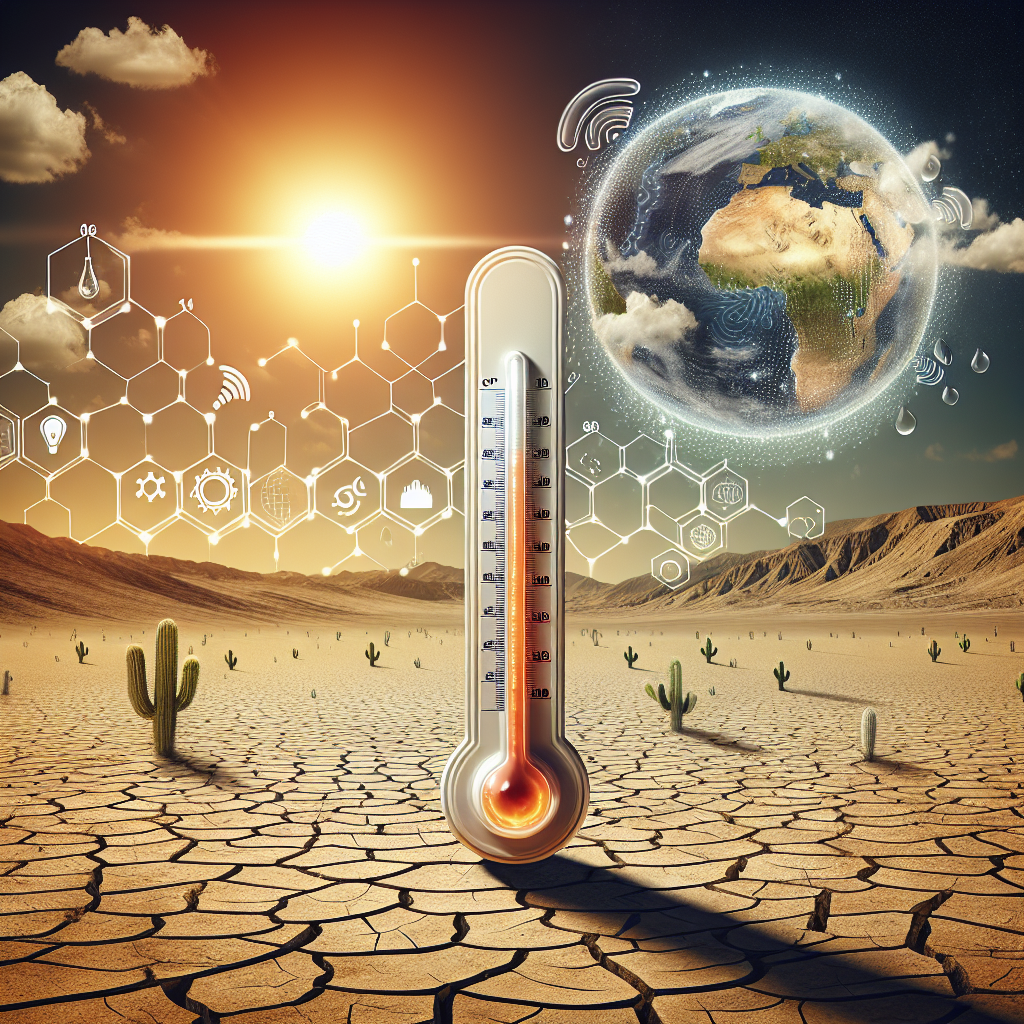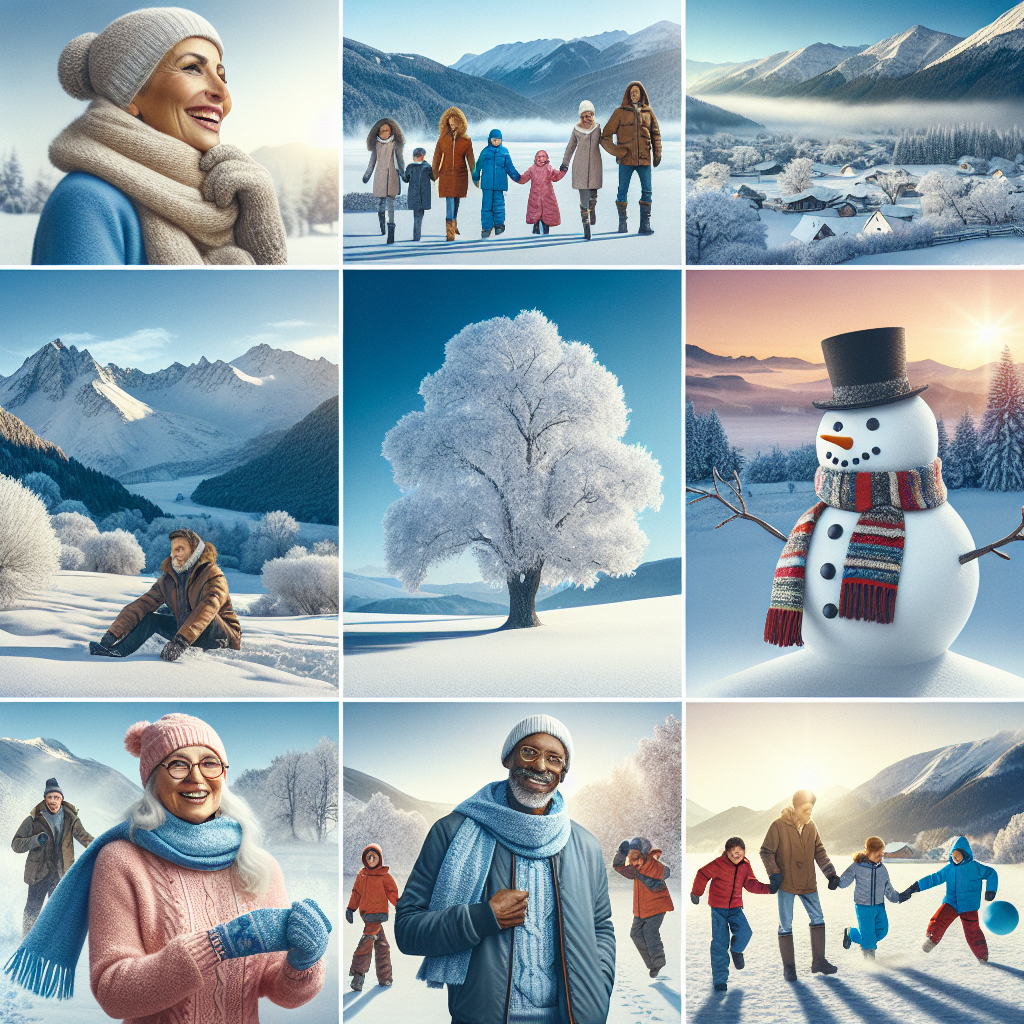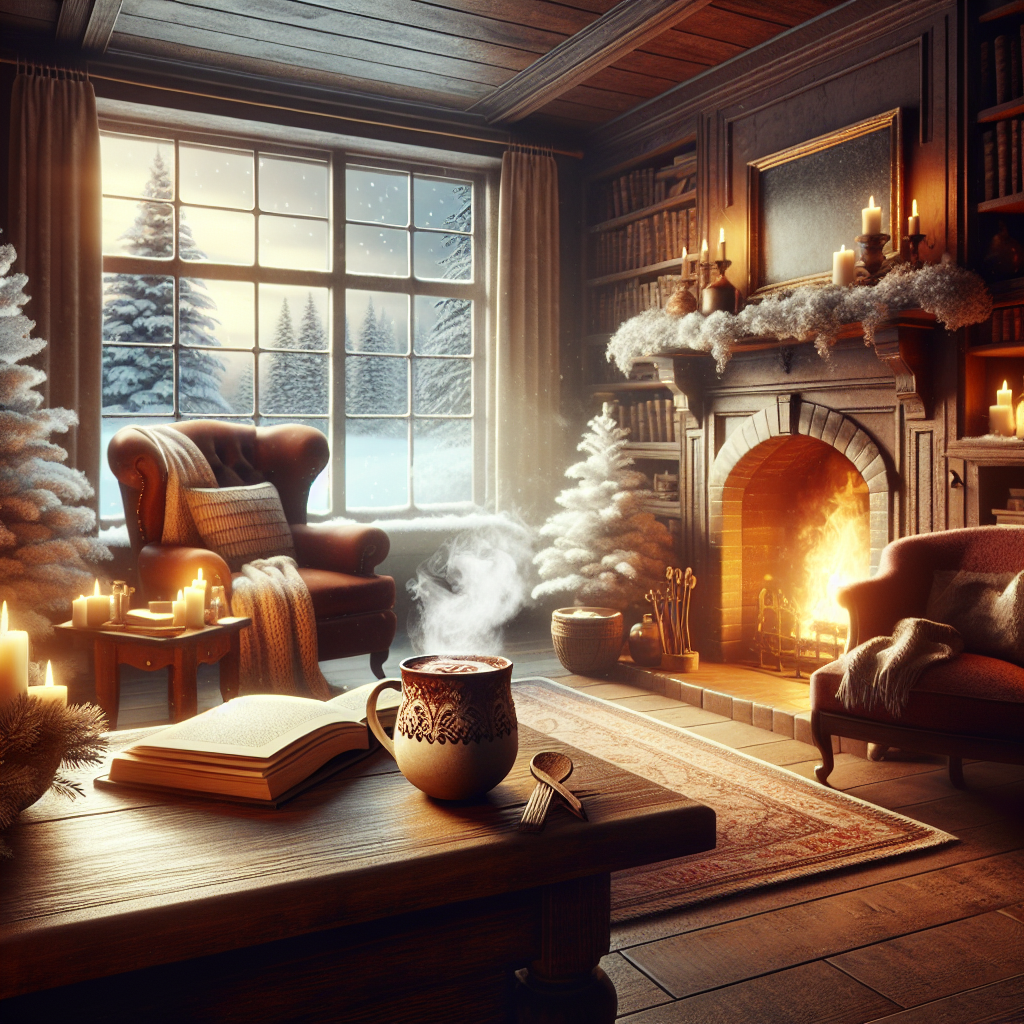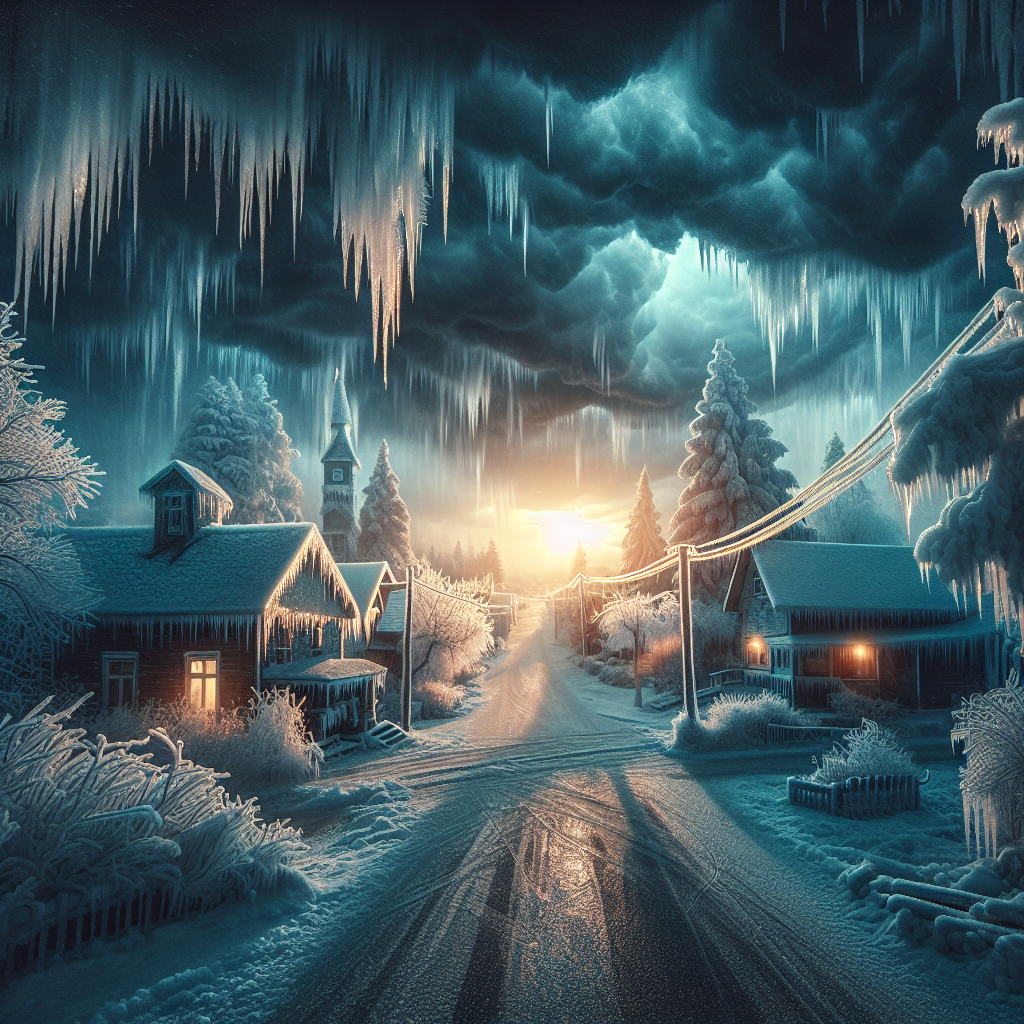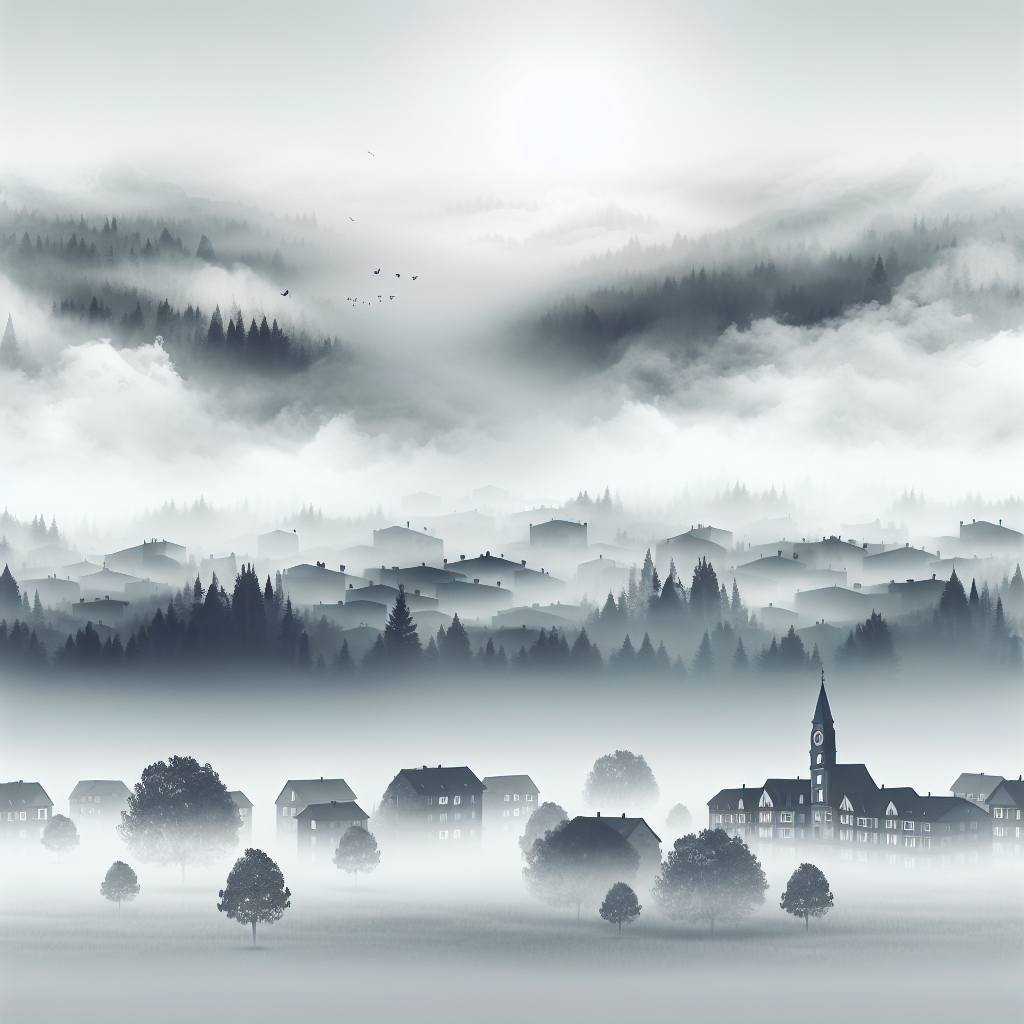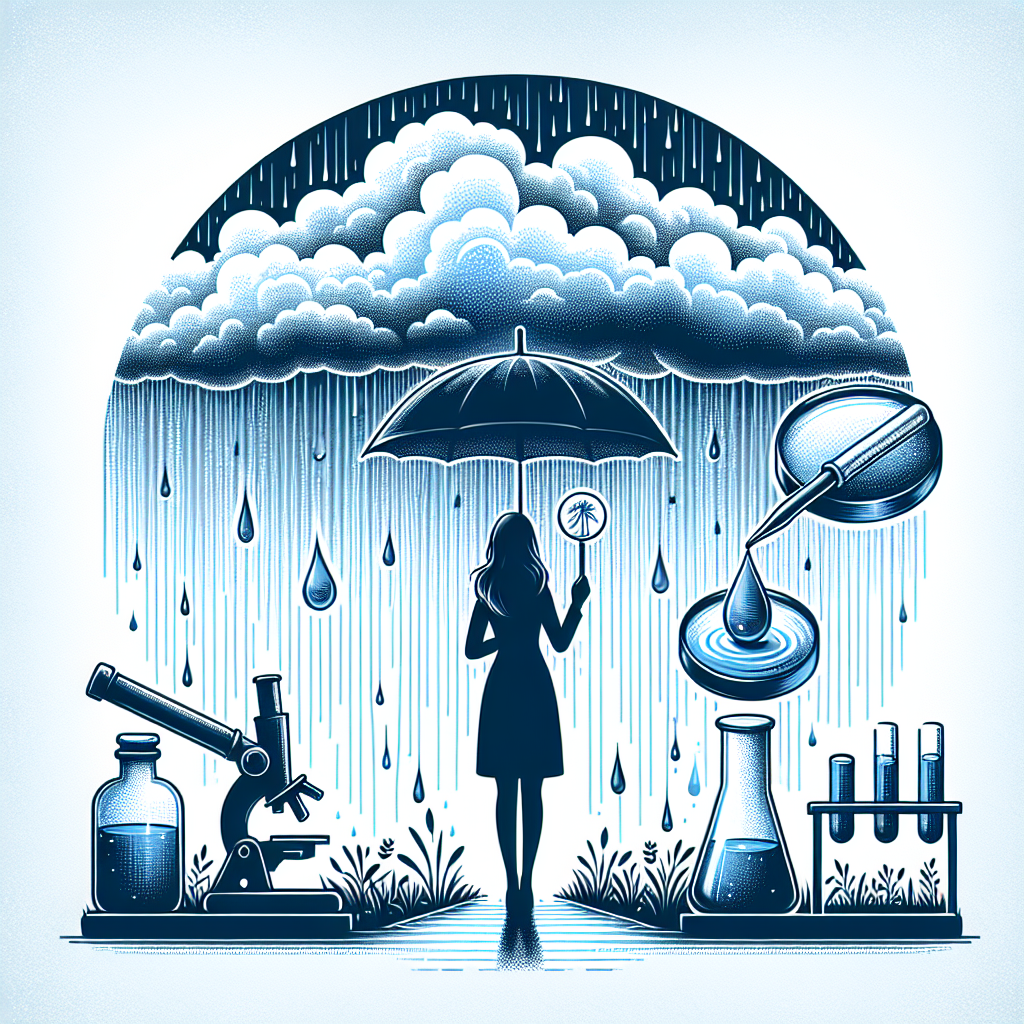Understanding Different Types of Winter Precipitation
The Magic of Snowfall
Snowfall captivates many, transforming landscapes into serene white canvases. This beauty unfolds through various types of winter precipitation, each offering unique characteristics and experiences. In this article, we delve into different forms of winter precipitation, with a focus on snowfall, sleet, freezing rain, and hail, while exploring their formation, effects, and the phenomena that accompany them.
1. Snow
Snow forms when water vapor in the atmosphere freezes into ice crystals before reaching the ground. These crystals cluster together to create the soft, fluffy flakes we see tumbling down in winter.
Formation of Snowflakes: Snowflakes develop in high-altitude clouds where temperatures are below freezing. Under these conditions, water vapor sublimates directly into ice, forming intricate crystal structures. The hexagonal symmetry of snowflakes is due to the molecular structure of ice. Colder temperatures result in smaller, lighter snowflakes, while slightly warmer conditions yield larger, wetter flakes.
Types of Snow: Not all snowfall is created equal. The following types are commonly recognized:
- Powder Snow: Often found in colder regions, powder snow is light, fluffy, and easily movable, making it ideal for skiing.
- Wet Snow: Occurring when temperatures hover around the freezing point, this snow type is dense and sticky, often leading to heavy snow accumulation.
- Corn Snow: This form emerges in late winter or early spring when melt-freeze cycles create granular and coarse textures. Ideal for spring skiing, corn snow can compact easily under pressure.
2. Sleet
Sleet occurs when snowflakes melt partially during their descent through a warmer layer of air before refreezing into ice pellets as they fall through a cooler layer. Unlike snow, sleet particles are small, hard, and bounce when they hit surfaces, giving them a distinct sound.
Formation: The typical formation process involves a scenario where a layer of warmer air exists between a snow-generating cloud and the ground. This causes snowflakes to melt into raindrops. If these droplets pass through freezing air just above the surface, they solidify into ice pellets.
Impact: Sleet can create hazardous conditions. Since sleet tends to accumulate on roads and walkways, it leads to slippery surfaces, increasing the risk of accidents. In addition, gentle sleet can be unpleasant and inhibit visibility.
3. Freezing Rain
Freezing rain is another winter phenomenon that results in rain falling in supercooled form and freezing upon contact with cold surfaces. This occurrence typically creates a glaze of ice, making conditions particularly treacherous.
Formation: In freezing rain events, similar to sleet, a warm layer exists above freezing temperatures, but the layer of cold air below is significant enough that precipitation falls as rain rather than snow. If the rain encounters surfaces that are below freezing—like roads, trees, or power lines—it instantly freezes.
Consequences: The impact of freezing rain can be devastating. Accumulations of ice can bring down power lines and tree branches due to the weight, leading to power outages and dangerous conditions for drivers. The thickness of the ice layer can worsen road and foot traffic safety, increasing the likelihood of slips and falls.
4. Hail
Though more commonly associated with thunderstorms in warmer months, hail can occur in winter, particularly in transitional seasons. Hail is different from snow, sleet, and freezing rain, as it involves the growth of ice pellets in storm clouds.
Formation: Hail develops in strong updrafts within intense thunderstorms. Water droplets are lifted into colder regions of the storm, freezing upon contact with existing hailstones or ice nuclei. The process can happen multiple times, causing the hail to grow larger as it is jostled around within the storm clouds.
Characteristics: Hailstones can vary drastically in size, from small pea-sized pellets to oversized, golf ball-sized lumps. Winter hail, while less common than warm-season hail, can still occur, especially in conditions that see strong converging winds associated with winter storms.
5. The Aesthetics of Winter Precipitation
Each type of winter precipitation enriches the beauty of snowy landscapes. While soft snowflakes blanket the ground in silent serenity, sleet creates a rhythmic tap against window panes, and freezing rain coats the world in a shimmering glaze.
Visual Impact: Snow transforms mundane settings into magical winter wonderlands. The way snow clings to branches, creating delicate, lace-like formations, provides photographers and nature lovers alike with picturesque scenes. Meanwhile, the reflective nature of ice from freezing rain can turn everyday roads and trees into glistening sculptures that catch the light.
6. The Role of Winter Precipitation in Ecosystems
Beyond aesthetics, winter precipitation plays a crucial role in ecological systems. Snowpack acts as an insulator for ground-dwelling flora and fauna. As snow slowly melts in spring, it supplies necessary moisture to plants and replenishes groundwater supplies.
Impact on Wildlife: Many species rely on seasonal snow for survival. For example, the insulating layer of snow can help protect small mammals from extreme cold. Additionally, certain plants use the accumulation of snow to regulate their temperature, preventing frost damage.
7. Climate Change Implications
The patterns of winter precipitation are shifting due to climate change. Warmer temperatures could increase the proportion of precipitation falling as rain rather than snow, impacting ecosystems reliant on the traditional snowpack cycle.
Adjustment in Patterns: Regions that have historically relied on substantial snowfall for water resources may see a decline, leading to droughts. Such shifts also influence winter sports industries and local economies that depend on consistent snowfall.
8. The Joy of Snow
Despite its challenges, winter precipitation brings joy through activities such as skiing, snowboarding, and snowball fights. Each snowfall offers individuals the chance to reconnect with nature, and partake in seasonal festivities.
Emotional Resonance: The serene ambiance created by snowflakes drifting down can evoke a sense of nostalgia and tranquility, reminding us of cozy winter nights and childhood memories.*
Understanding the different forms of winter precipitation allows us to appreciate the complexity and beauty of these meteorological events. Snow, sleet, freezing rain, and hail, each contribute uniquely to winter’s charm. Embracing these seasonal changes not only enriches our connection to nature but also highlights the environmental challenges we face in a changing climate.

